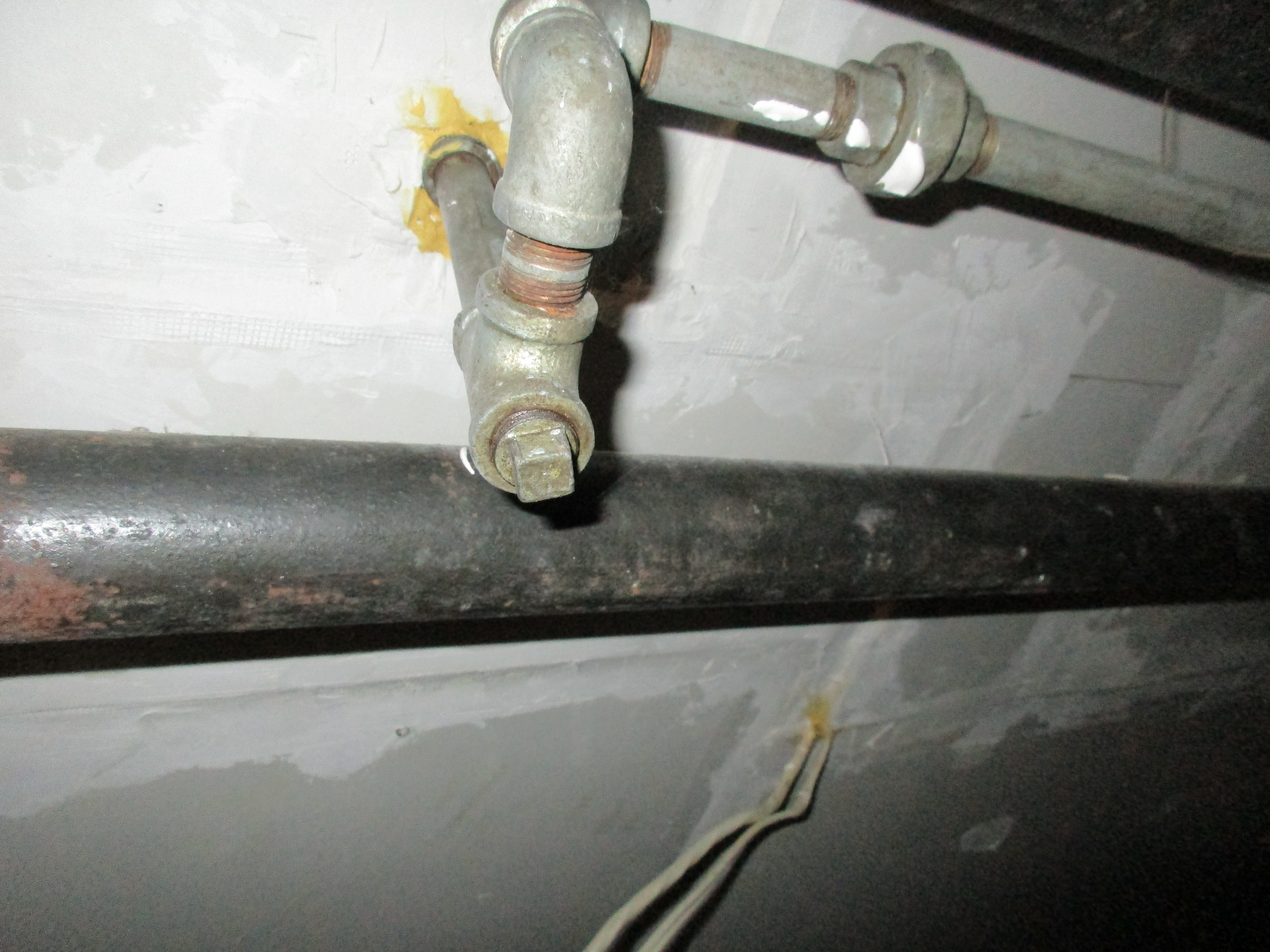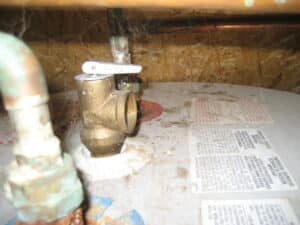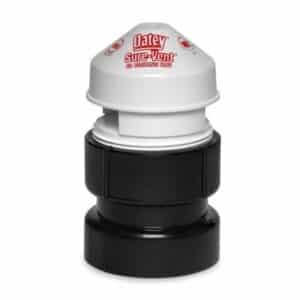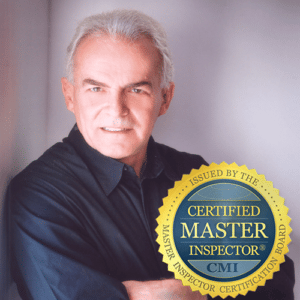Plumbing Inspection when Buying a Home
Your homes plumbing inspection will usually include a check of your homes filtration systems, inspection of drains, toilets, showers/tubs, and water supply lines. These items are part of a system that encompasses your majority of your home. A lot of your homes plumbing system is hidden behind walls and contained in your flooring system. Your venting system for example ends in your vent pipe which is on your roof, passes through your entire house and is connected to the municipal sewer system buried in your street. ( rural homes will be connected to a septic system )
Common Plumbing Problems
Common plumbing issues found in home inspections are typically related to water leaks, sewer line clogs, water heater problems, and sub-par plumbing installation. The presence of one or more of these issues may require repair or replacement by a licensed plumber.
Remember that the Home Inspectors job is to observe and inspect potential problems around the home, which will then be reported in their home inspection report. All home inspectors must act per their state’s guideline, and the Standards of Practice set out by their respective associations such as ASHI or NACHI.
NACHI’s STANDARD OF PRACTICE FOR PLUMBING INSPECTION
When inspecting the plumbing system, a home inspector shall:
1) Inspect:
i) Interior water supply and distribution systems including functional water flow and functional drainage, excluding wells, well pumps, well water sampling or water storage related equipment, determination of water supply quantity or quality and
water conditioning systems and lawn irrigation systems;
ii) All interior fixtures and faucets, excluding shut off valves, wells, well pumps, well water sampling and water storage related equipment;
iii) Drain, waste and vent systems;
iv) Domestic water heating systems, without operating safety valves or automatic safety controls, and excluding solar water heating systems;
v) Combustion vent systems excluding interiors of flues and chimneys;
vi) Fuel distribution systems; and
vii) Drainage sumps, sump pumps and related piping.
Some Common Plumbing Defects Found
Galvanized Plumbing Lines
Older homes built in the 50’s or 60’s will sometimes have galvanized plumbing lines still active. Many insurance companies will not insure a home that has any galvanized plumbing installed. The life expectancy of galvanized plumbing is typically around 50 years. Over time, the galvanized steel pipes begin to rust or corrode from the inside out, resulting in reduced water pressure and restricted water flow. This presents an increased risk of leaks or ruptures occurring in the pipes and the potential for flood damage. In Century Homes many times the easy to reach galvanized plumbing has been replaced but often the galvanized plumbing between floors is still in place.
galvanized plumbing is typically around 50 years. Over time, the galvanized steel pipes begin to rust or corrode from the inside out, resulting in reduced water pressure and restricted water flow. This presents an increased risk of leaks or ruptures occurring in the pipes and the potential for flood damage. In Century Homes many times the easy to reach galvanized plumbing has been replaced but often the galvanized plumbing between floors is still in place.
Kitec Plumbing
Kitec plumbing is a polymer pipe, typically installed in homes between 1995 and 2007, that is prone to suddenly burst. While you can take steps to prevent leaks from these this type of piping, Kitec pipes are more likely to crack at any time and could cause major water damage to your home. A major leak of this sort can not only cause serious damage to homes, but can also result in mold, mildew, and extremely high repair costs. Kitec was also used for infloor heating, which is impossible to replace.
Hot Water Tank
Every hot water tank is required to have a Pressure Relief Valve installed to prevent excessive pressure build up, which could cause the hot water tank to burst. The plumbing code requires a drain line be attached to the Pressure Relief Valve and to extend to within 6 inches of the floor. Many times this drain line is either not installed or was removed for some reason. This deficiency is quite common and is always noted as part of your home inspection report.
Relief Valve and to extend to within 6 inches of the floor. Many times this drain line is either not installed or was removed for some reason. This deficiency is quite common and is always noted as part of your home inspection report.
Air Admittance Valves
Often called “Cheater Valves” as they were not permitted by the old Plumbing Code, they are now very popular and can be found in many homes. ( how else could you vent an island sink or dishwasher ? ) There are some basic requirements that must be followed and the Air Admittance Valve must be approved for use.
Air Admittance Valves
1) Air admittance valves shall only be used to vent
a)fixtures located in island counters,
b)fixtures that may be affected by frost closure of the vent due to local climatic conditions,
c)fixtures in one- and two-family dwellings undergoing renovation, or
d)installations where connection to a vent may not be practical.
2) Air admittance valves shall be located
a)not less than 100 mm above the horizontal branch drain or fixture drain being vented,
b)within the maximum developed length permitted for the vent, and
c)not less than 150 mm above insulation materials.
Plumbing Traps
Every plumbing fixture directly connected to the sanitary drainage system must be equipped with a water seal trap. That means every single plumbing fixture used to evacuate waste from a building should have its own plumbing trap. By definition, a plumbing trap is a device that keeps a small amount of liquid every time the fixtures is used. The amount of retained liquid is called a trap seal. This trap seal prevents sewage system odors, gases, and vermin (mice, insects, etc.) from entering the living or workspace.
The Orillia Home Inspector has performed over 8,000 residential home inspections in the past 20 years. Roger is a Certified Building Code Official with the Ontario Building Officials Association and is also a Certified Master Inspector. Roger is a specialist in inspecting Century Homes and has written many articles on the unique features and issues encountered when inspecting these older homes.
Read our detailed article on Roof Inspections
Call Roger for more information regarding Purchasing a Home or Requiring a WETT Certified Inspection

